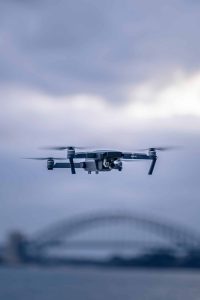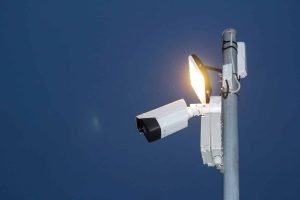Choosing the perfect pet: a comprehensive guide for prospective pet owner
Adding a furry, feathered, or scaly companion to your family is an exciting decision that can bring a lot of joy and love into your life. However, it’s essential to carefully consider all aspects before bringing home a new pet. Each animal has unique needs and characteristics that may not suit every household. This article […]










